Explore the future to tame uncertainty
It is being said that entrepreneurship is only for the daring. And entrepreneurship does indeed go hand in hand with uncertainty: no one knows what the future will bring or what impact it will have on your sector or your business. But it is possible to manage your doubts. How? By drafting future scenarios.
Making decisions on the basis of strongly substantiated scenarios
You make operational decisions for your business every day, adjusting your strategy when necessary, always fully aware that every decision you make has its consequences. You need to keep in mind the various external and unpredictable factors that influence the economic climate and the dynamics of your sector. When you combine all these elements, it’s possible to compare entrepreneurship to a series of falling dominoes. You just don’t know which direction they’re falling in.
When is your cashflow at risk of drying up? When should you expect extra turnover or extra costs? When is it time to expand your range? Alternatively: when is it time to cut back your range? Which extra actions are needed to achieve the growth you’re aiming for? And how do you change the strategic course of your business? These are all questions that you’re best answering on the basis of insights instead of using gut feeling as a guide.
This is why it’s good for you to draft your future scenarios with the different data that your business collects. These scenarios allow you to translate your data into insights. Intuition and doing business with gut feeling is important but is best supported by testing assumptions. Building a modular model, based on internal KPIs and measurable metrics, can be of great value in making informed decisions.
Therefore, it is a good idea to build future scenarios with the various data you collect in your company. This way, you translate that data into insights to make better decisions.
Start with hypotheses and move forward with parameters
You start drafting your scenarios using a number of premises: estimates that bring you through to the future. First, you collect all the parameters that come into play with each other to determine the future prospects of your business. Think about the price of your raw materials, market demand, energy prices and so forth. Every business is different. As such, the parameters every business uses for its scenario modelling are also different.
To set up the scenarios you manipulate the different parameters. The testing of scenarios can be done by adjusting different parameters. The effect of adjusting a certain parameter can thus be estimated. For example, when the decision for an additional employee has to be taken, capacity planning can be used to estimate whether this is optimal for the company. After all, this employee will bring with him a cost but also an expected added value. Endless combinations are possible and so you make various simulations: from the best case scenario to the worst case scenario and everything in between.
Watch developments over time
The result of these scenarios is a visual presentation of the various predictions. You choose for yourself which indicators you’ll zoom in on: cashflow, gross margin, turnover, direct costs of the products you sell or any of the other possibilities … It’s particularly the way these figures evolve over time that makes scenario modelling interesting. You learn what the impact is when a specific parameter changes at a specific moment in time.
To successfully analyse the data in a scenario model and to visualise it, you need expertise and insight in the model. CFOrent helps you with this. The most important benefit is that you can make well-founded decisions to build a successful future. However, with scenario modelling, you can limit the uncertainties. Entrepreneurship is not necessarily just for the daring … It’s for anyone who makes well-reasoned decisions.
Would you like insight into the future of your business? Contact CFOrent via contact@cforent.be today!
